Refine search
Actions for selected content:
2584 results in Computational Science
Non-variational computation of the eigenstates of Dirac operators with radially symmetric potentials
- Part of
-
- Journal:
- LMS Journal of Computation and Mathematics / Volume 13 / January 2010
- Published online by Cambridge University Press:
- 01 January 2010, pp. 10-32
-
- Article
-
- You have access
- Export citation
On the combinatorial classification of toric log del Pezzo surfaces
- Part of
-
- Journal:
- LMS Journal of Computation and Mathematics / Volume 13 / January 2010
- Published online by Cambridge University Press:
- 01 January 2010, pp. 33-46
-
- Article
-
- You have access
- Export citation
Explicit Kummer surface formulas for arbitrary characteristic
- Part of
-
- Journal:
- LMS Journal of Computation and Mathematics / Volume 13 / January 2010
- Published online by Cambridge University Press:
- 01 January 2010, pp. 47-64
-
- Article
-
- You have access
- Export citation
On complete interpolating sequences and sampling expansions
- Part of
-
- Journal:
- LMS Journal of Computation and Mathematics / Volume 13 / January 2010
- Published online by Cambridge University Press:
- 01 January 2010, pp. 1-9
-
- Article
-
- You have access
- Export citation
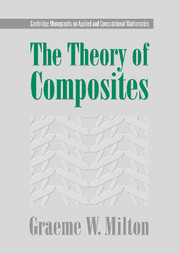
The Theory of Composites
-
- Published online:
- 07 December 2009
- Print publication:
- 06 May 2002
-
- Book
- Export citation
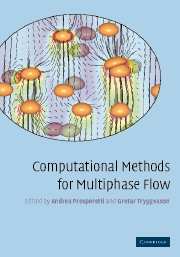
Computational Methods for Multiphase Flow
-
- Published online:
- 07 December 2009
- Print publication:
- 29 March 2007
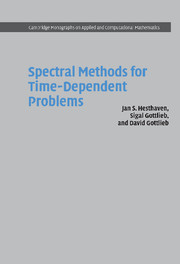
Spectral Methods for Time-Dependent Problems
-
- Published online:
- 04 December 2009
- Print publication:
- 11 January 2007
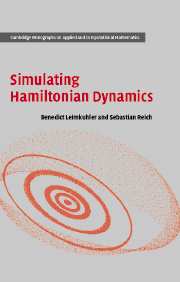
Simulating Hamiltonian Dynamics
-
- Published online:
- 04 December 2009
- Print publication:
- 14 February 2005
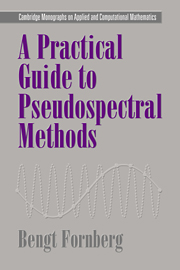
A Practical Guide to Pseudospectral Methods
-
- Published online:
- 03 December 2009
- Print publication:
- 26 January 1996
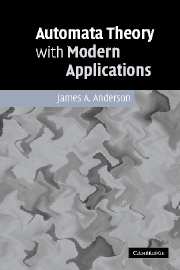
Automata Theory with Modern Applications
-
- Published online:
- 02 December 2009
- Print publication:
- 22 June 2006
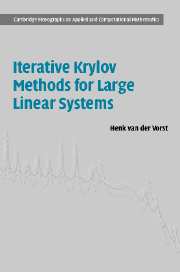
Iterative Krylov Methods for Large Linear Systems
-
- Published online:
- 24 November 2009
- Print publication:
- 17 April 2003
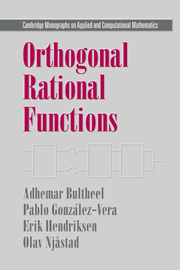
Orthogonal Rational Functions
-
- Published online:
- 22 October 2009
- Print publication:
- 13 February 1999
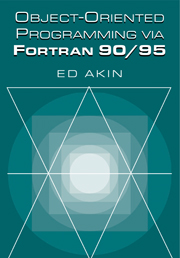
Object-Oriented Programming via Fortran 90/95
-
- Published online:
- 15 October 2009
- Print publication:
- 13 January 2003
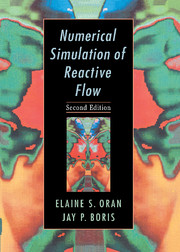
Numerical Simulation of Reactive Flow
-
- Published online:
- 09 October 2009
- Print publication:
- 06 November 2000
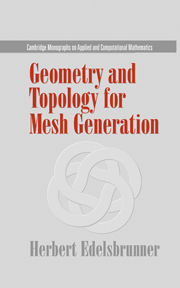
Geometry and Topology for Mesh Generation
-
- Published online:
- 03 October 2009
- Print publication:
- 28 May 2001
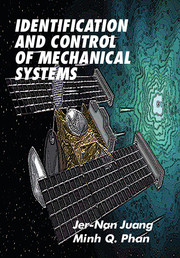
Identification and Control of Mechanical Systems
-
- Published online:
- 02 September 2009
- Print publication:
- 06 August 2001
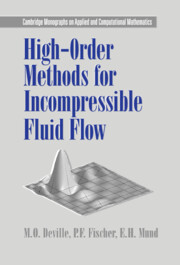
High-Order Methods for Incompressible Fluid Flow
-
- Published online:
- 24 August 2009
- Print publication:
- 15 August 2002
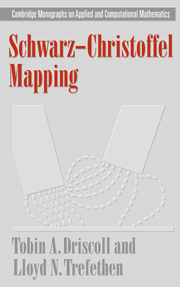
Schwarz-Christoffel Mapping
-
- Published online:
- 20 August 2009
- Print publication:
- 20 June 2002
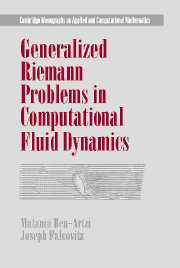
Generalized Riemann Problems in Computational Fluid Dynamics
-
- Published online:
- 20 August 2009
- Print publication:
- 10 April 2003
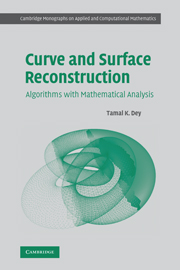
Curve and Surface Reconstruction
- Algorithms with Mathematical Analysis
-
- Published online:
- 20 August 2009
- Print publication:
- 16 October 2006
